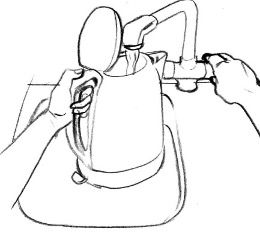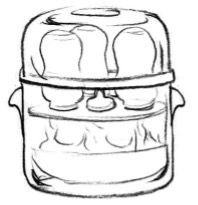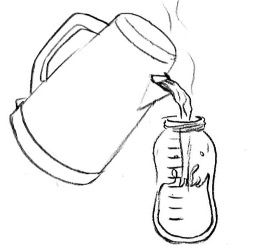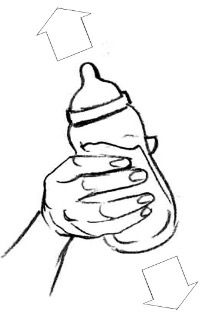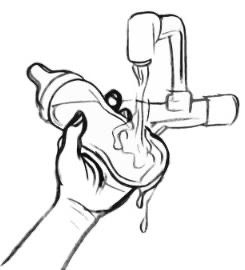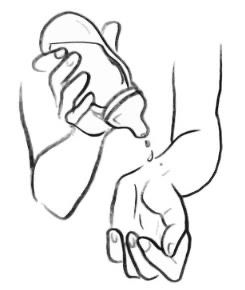If you need to feed your baby away from home a convenient choice is to use ready to feed infant formula with an empty sterilised feeding bottle. However, if you are using powdered formula you will need:
- A measured amount of formula in a small, clean, dry container
- A vacuum flask of hot water that has just been boiled
- An empty sterilised feeding bottled with a cap
Make up the fresh feed when your baby needs it – the water must still be hot when you use it otherwise any bacterial in the formula may not be killed.
The vacuum flask does not need to be sterilised but it should be cleaned and only used for your baby.
The safest option is to make up a feed only when your baby needs it. If you do need to make up formula feed before your baby needs it, store it in the back of the fridge and use within 24 hours.
If transporting a made up feed, cool it for one hour in the back of the fridge and then:
- Store in a cool bag with an ice pack – and use within four hours
- Or if you cannot store it in a cool bag – use within two hours





